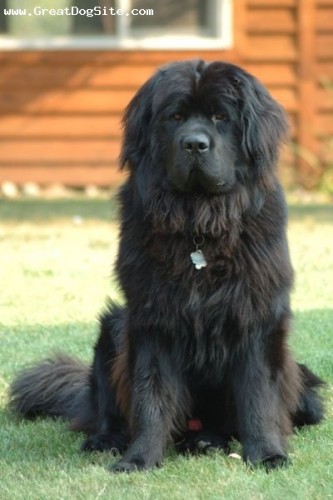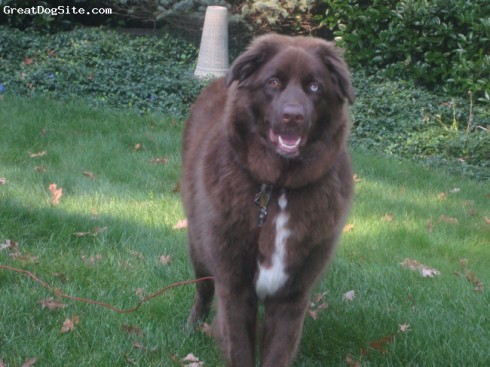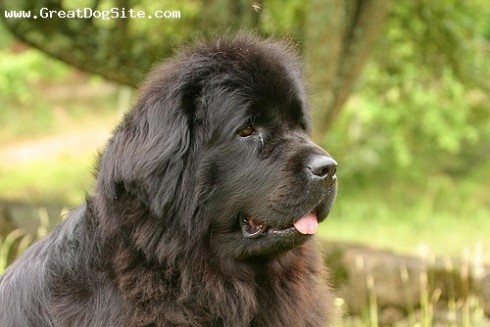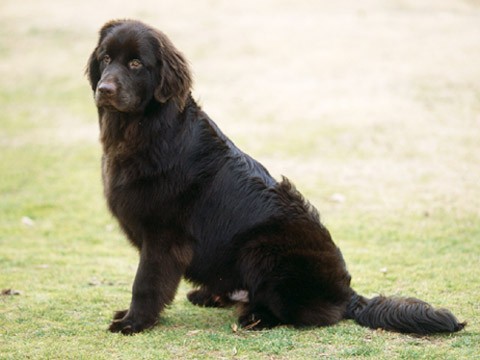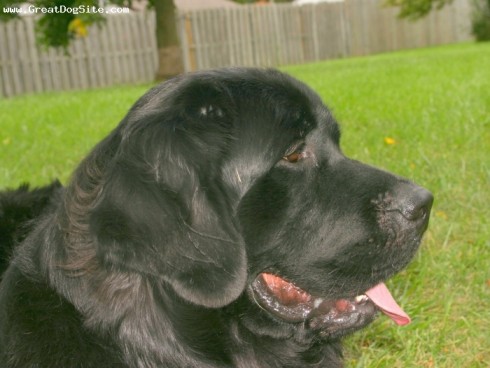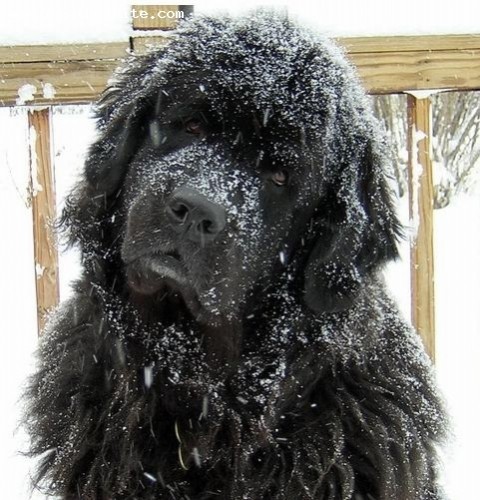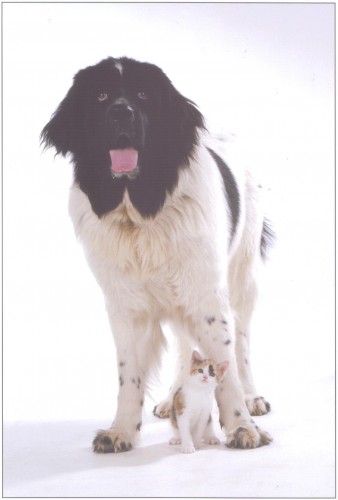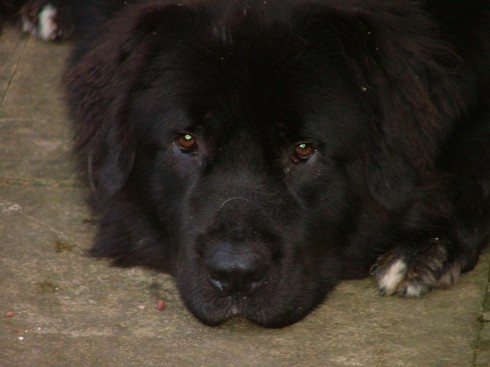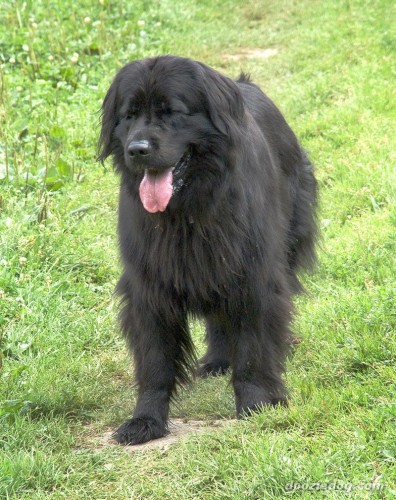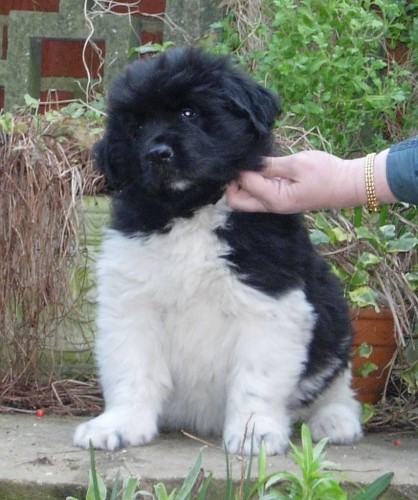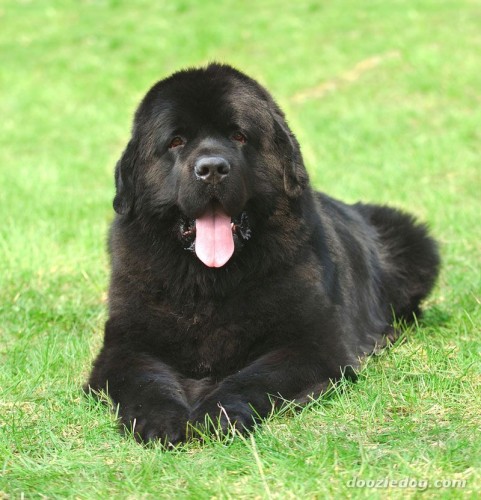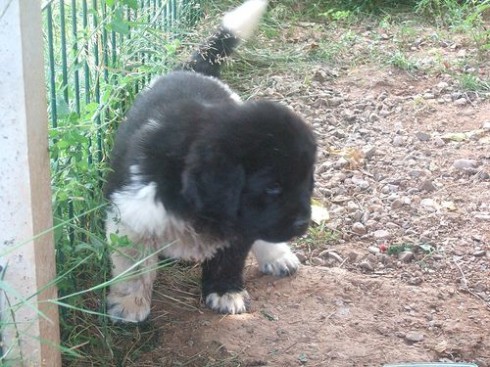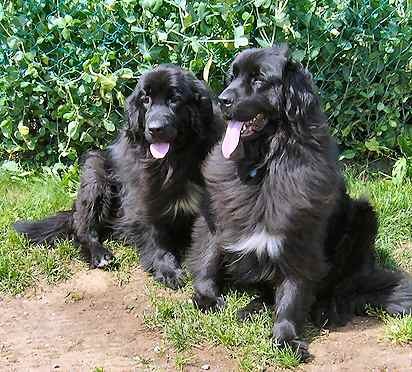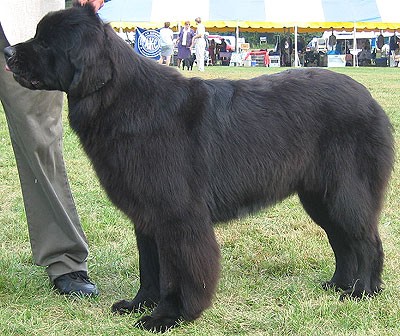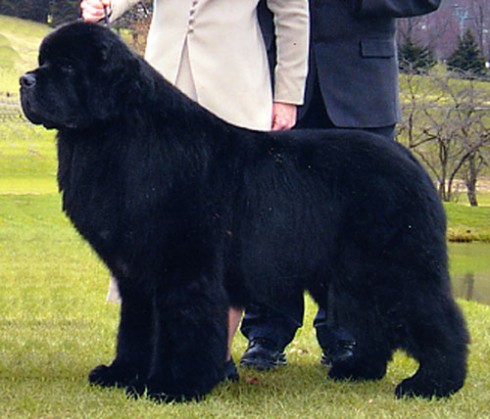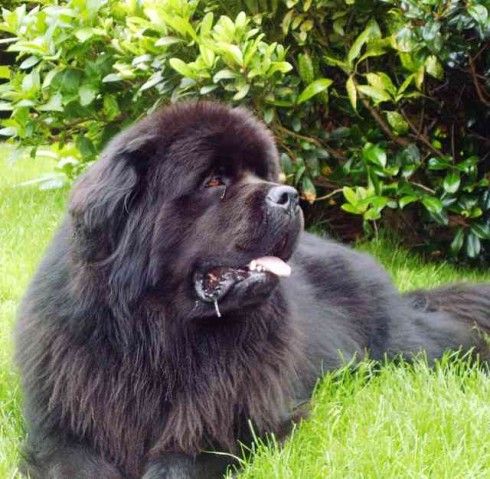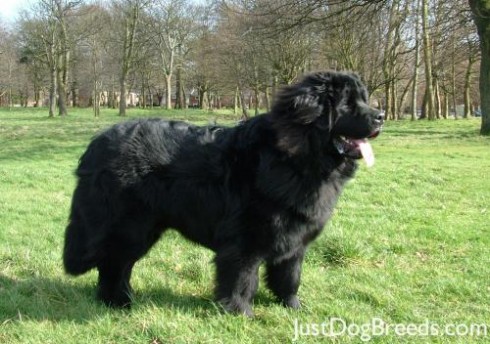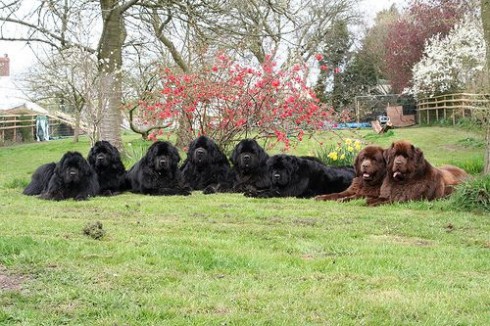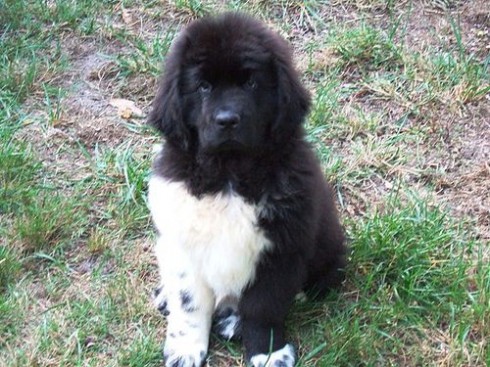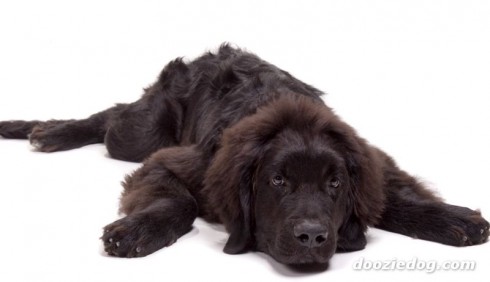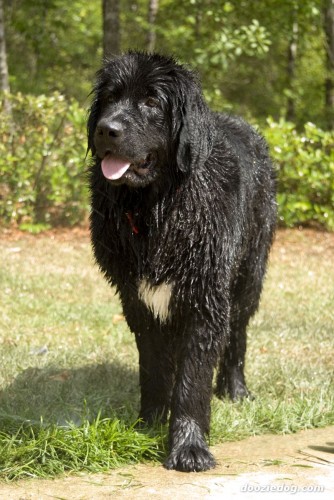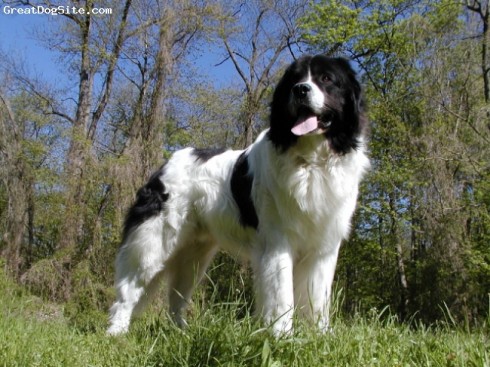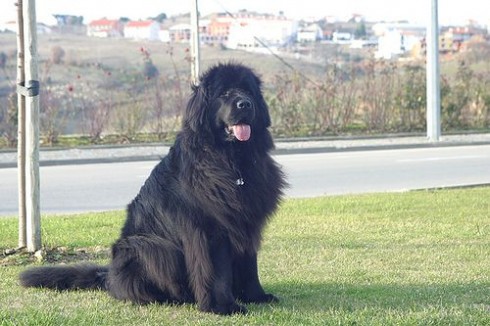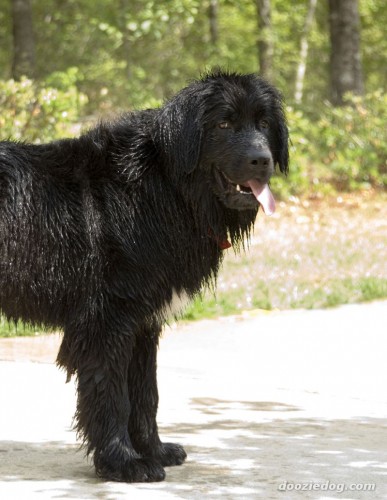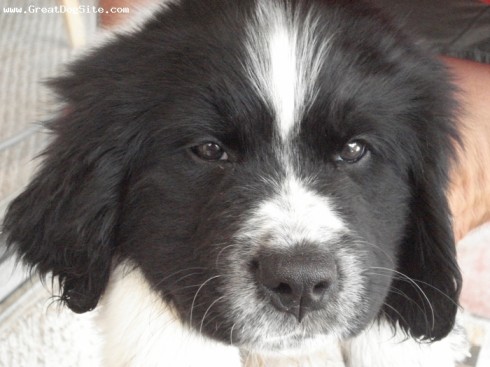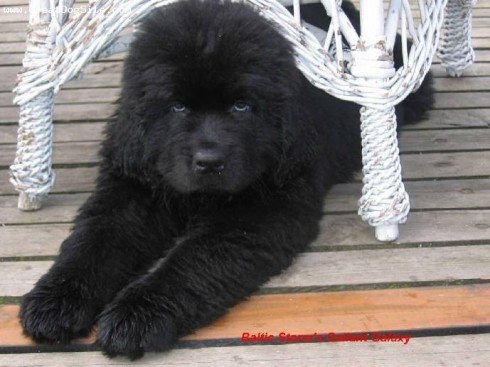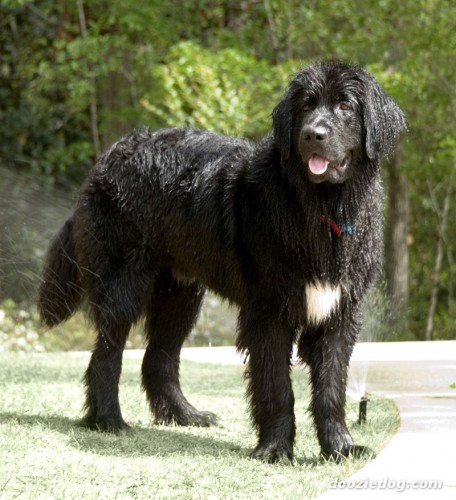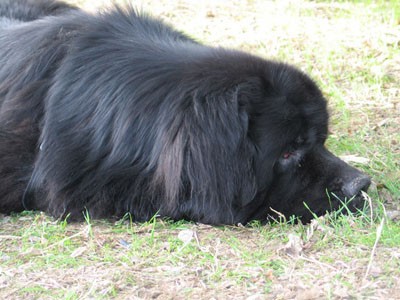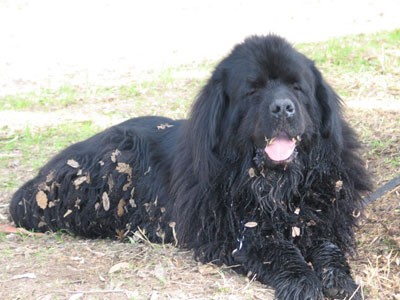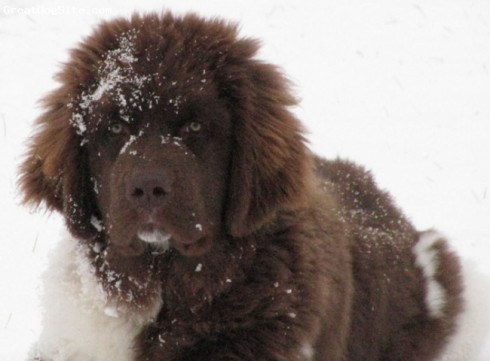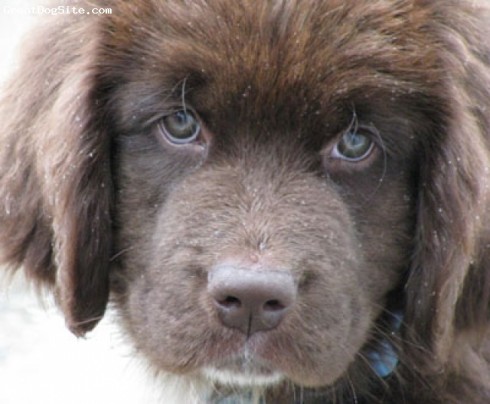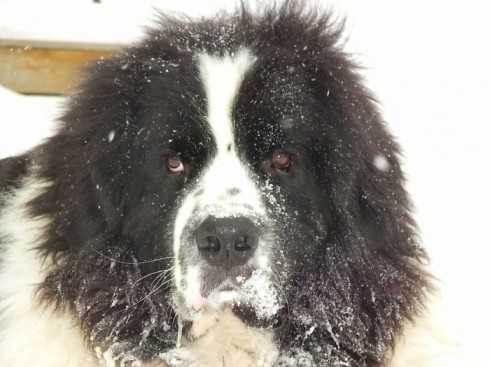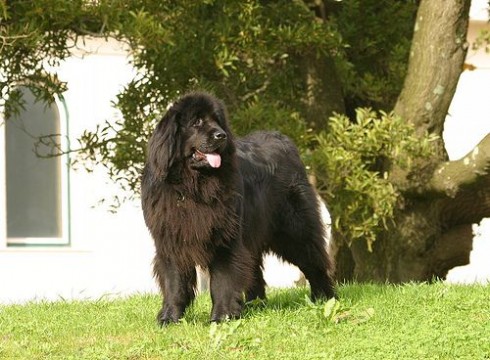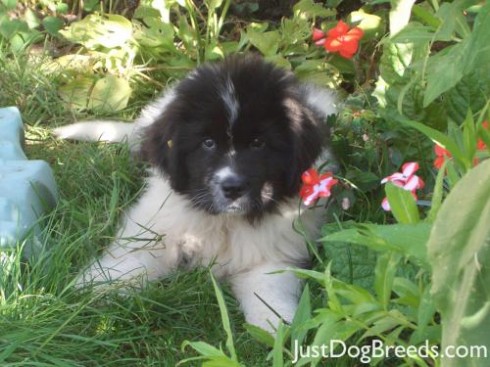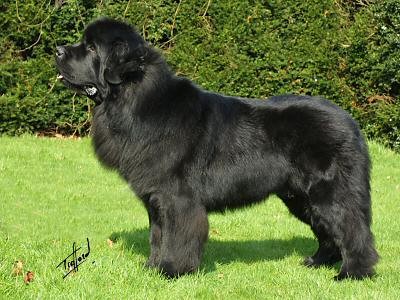Main Index
In Store
Our Web Store
Miniature Schnauzer Picture Gallery
Latest Dog Blogs
- What Are The Basic Commands To Train A Dog?
- PaySafe As The Most Popular Type Of Deposit
- Everything You Need To Know About Pet Sales
- Dogs Contribute To Our Physical And Mental Well Being
- How To Choose Where To Bet On Greyhounds In 2022
- Volunteer With Animals - How To Help Dogs Around The World
- Basic Understanding Of The House Edge
- Why You Should Get A Dog
- Top 20 Popular Dog Names Around The World
- Constipation in Dogs and How to Find Solutions
Newfoundland
Newfoundland Clubs/Associations
The Full Newfoundland Description
Most important in Newfoundlands is their temperament. Their kindly expression is calm, patient and dignified. They need human companionship to be happy. They love children. Because of their size, Newfs need room to move, and love a place to swim.
Did you know?
Its webbed feet, water-resistant coat, and rudder-like tail make it an excellent swimmer. The Newfoundland is famous for rescuing drowning people.
There is much uncertainty about the origin of the Newfoundland. Some say that his ancestors are the white Great Pyrenees, dogs brought to the coast of Newfoundland by the Basque fishermen; others that he descended from a "French hound" (probably the Boarhound); but all agree that he originated in Newfoundland and that his ancestors were undoubtedly brought there by fishermen from the European continent.
At the present time, the Newfoundland is admired and bred in many different countries including, besides his native land, Canada, England, France, Holland, Germany, Switzerland, Italy, and the United States.
Although he is a superior water dog, the Newfoundland has been used and is still used in Newfoundland and Labrador as a true working dog, dragging carts, or more often carrying burdens as a pack horse.
In 1919, a gold medal was awarded to a Newfoundland that pulled to safety in a lifeboat some twenty shipwrecked people.
So you want to own a Newfoundland?
History describes the Newfoundland to be a brave loyal companion.
The Newfoundland loves the great outdoors, especially the water and needs plenty of exercise.
Indicative Breed Standard
General Appearance
Well balanced, impresses with strength and great activity. Massive bone throughout, but not giving heavy inactive appearance. Noble, majestic and powerful.
Characteristics
Large draught and water dog, with natural life-saving instinct, and devoted companion.
Temperament
Exceptionally gentle, docile nature.
Head and Skull
Head broad and massive, occipital bone well developed, no decided stop, muzzle short, clean cut and rather square, covered with short fine hair.
Eyes
Small, dark brown, rather deeply set, not showing haw, set rather wide apart.
Ears
Small, set well back, square with skull, lying close to head, covered with short hair without fringe.
Mouth
Soft and well covered by lips. Scissor bite preferred, i.e. upper teeth closely overlapping lower teeth and set square to the jaws, but pincer tolerated.
Neck
Strong, well set on to shoulders.
Forequarters
Legs perfectly straight, well muscled, elbows fitting close to sides, well let down.
Body
Well ribbed, back broad with level topline, strong muscular loins. Chest deep, fairly broad.
Hindquarters
Very well built and strong. Slackness of loins and cow-hocks most undesirable. Dewclaws should be removed.
Feet
Large, webbed, and well shaped. Splayed or turned out feet most undesirable.
Tail
Moderate length, reaching a little below hock. Fair thickness well covered with hair, but not forming a flag. When standing hangs downwards with slight curve at end; when moving, carried slightly up, and when excited, straight out with only a slight curve at end. Tails with a kink or curled over back are most undesirable.
Gait/Movement
Free, slightly rolling gait. When in motion slight toe-ing in at front acceptable.
Coat
Double, flat and dense, of coarse texture and oily nature, water-resistant. When brushed wrong way it falls back into place naturally. Forelegs well feathered. Body well covered but chest hair not forming a frill. Hindlegs slightly feathered.
Colour
Only permitted colours are:
Black: dull jet black may be tinged with bronze. Splash of white on chest, toes and tip of tail acceptable.
Brown: can be chocolate or bronze. In all other respects follow black except for colour. Splash of white on chest, toes and tip of tail acceptable.
Landseer: white with black markings only. For preference black head with narrow blaze, evenly marked saddle, black rump extending to tail. Beauty in markings to be taken greatly into consideration. Ticking undesirable.
Size
Average height at shoulder: dogs: 71 cms (28 ins); bitches: 66 cms (26 ins). Average weight: dogs: 64-69 kgs (141-152 lbs); bitches: 50-54.5 kgs (110-120 lbs). While size and weight are important it is essential that symmetry is maintained.
About Our Article Directory
- Article
- 27 November 2010
- 2 comments
Canis lupus familiaris
- Breed Article
- 29 May 2010
- No comments
Dog Tricks: Understanding Your Dog's Capabilities Before You
- Article
- 15 February 2010
- No comments
The Top Ten Best Dog Breeds For You And Your Children
- Article
- 14 February 2010
- No comments
Quick Search
Donate
Latest Dog Pods
- Tips on How to Stop Your Dog from Biting
- Beware - Not All Advertised Dog Rescues Really Are! How Can You Know The Truth?
- Helpful Tips For Dog Obedience Problems
- How to Keep Dogs From Eating Poop
- Dog Grooming Tips - A General Overview of the Very Basics of Dog Grooming
- Recognising Different Types of Dog Obedience Problems
- 5 Important Tips On Feeding A Puppy


